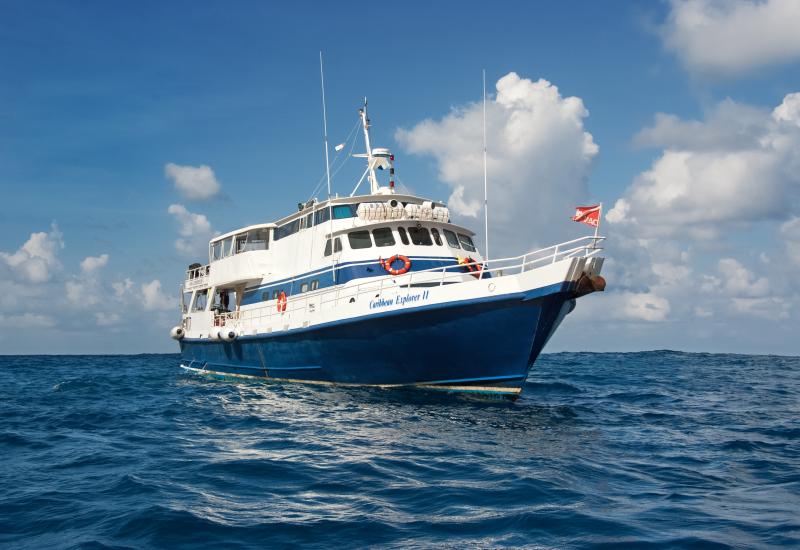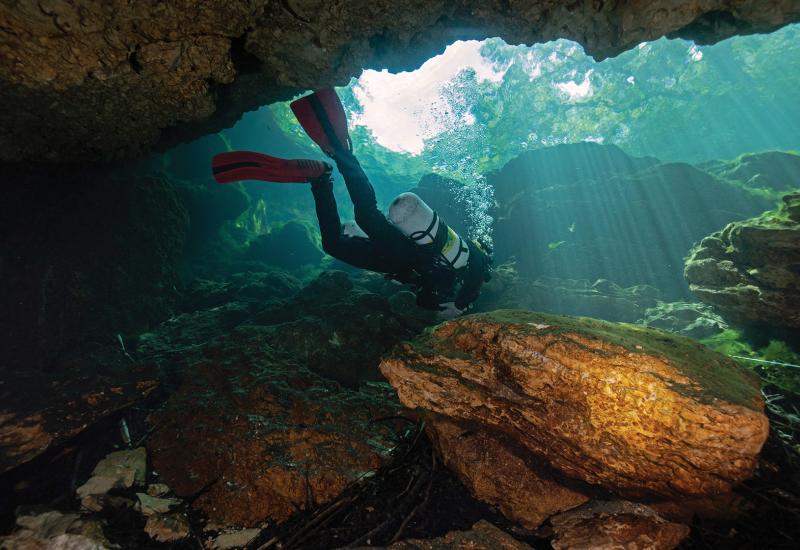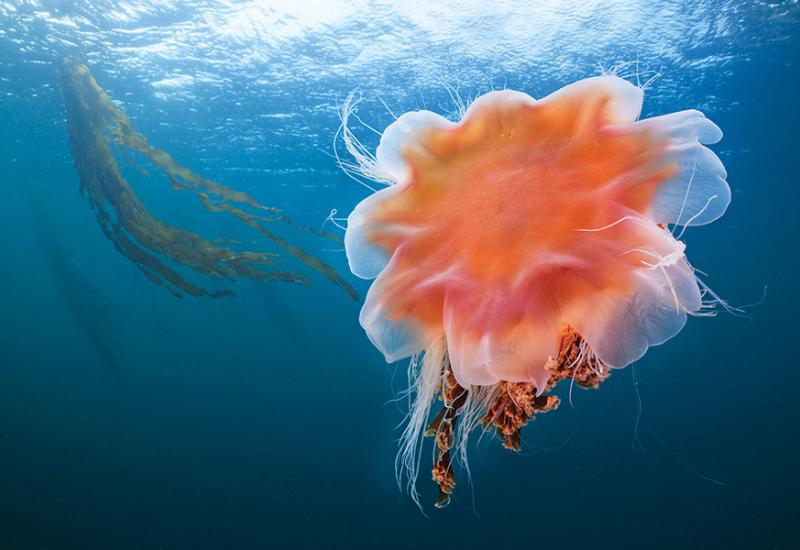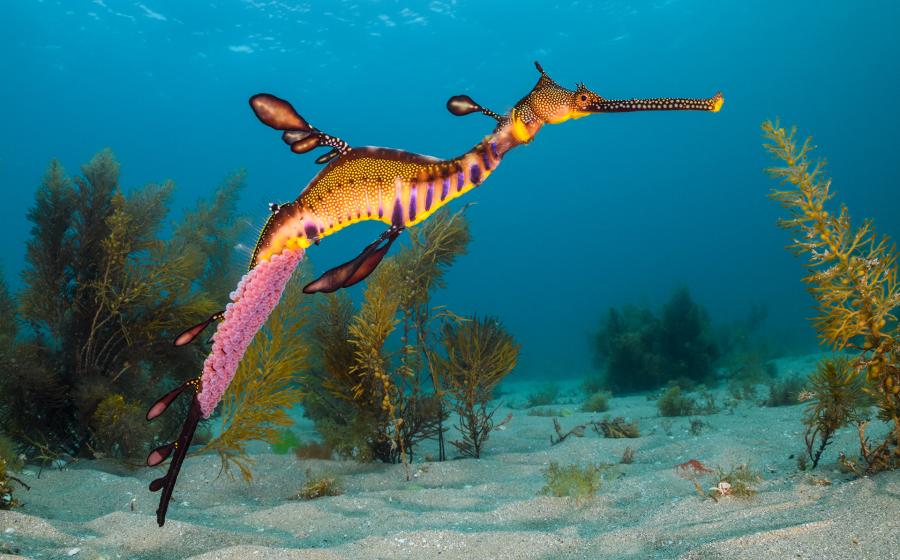Drysuit Diving in an Alpine Lake
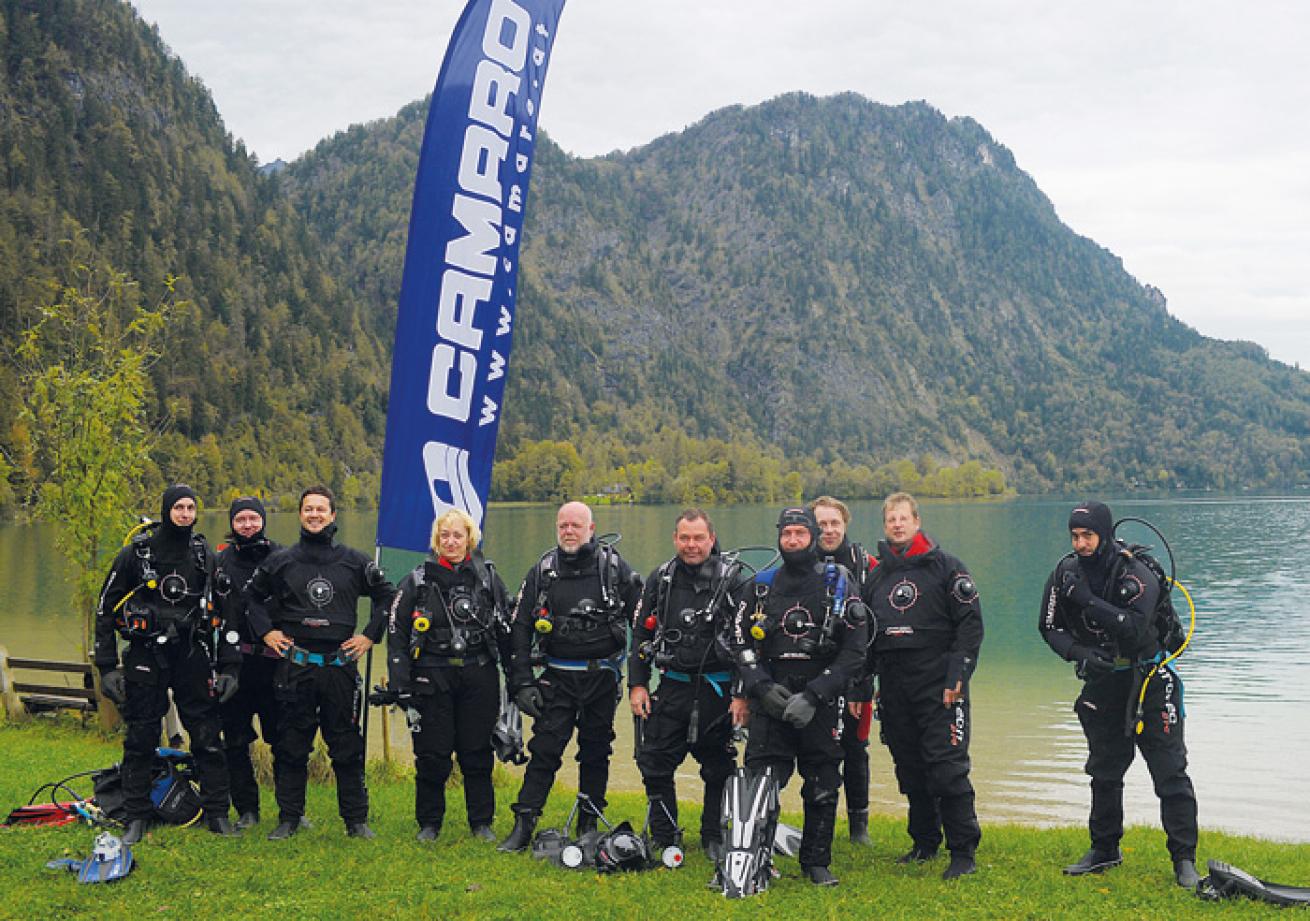
Getting to Know You
In October, I got an invitation — along with Sport Diver’s editor, Eric Michael — to visit Camaro’s headquarters and manufacturing facilities in Mondsee, Austria. The short two-day itinerary included traditional Austrian feasts and a dive in nearby Attersee. Friends thought I was crazy to even think of diving this Alpine lake in the middle of October. I’m only recently a convert to cold-water diving, but was the promise of gin-clear visibility enough to overlook the real possibility that I’d be diving in 45-degree F water? I reasoned that I’ve dived in Camaro wetsuits in the past, and they were offering the opportunity to dive their new Alpha Ice 7mm or Arctec Pro drysuit. I figured at least I’d be warm.
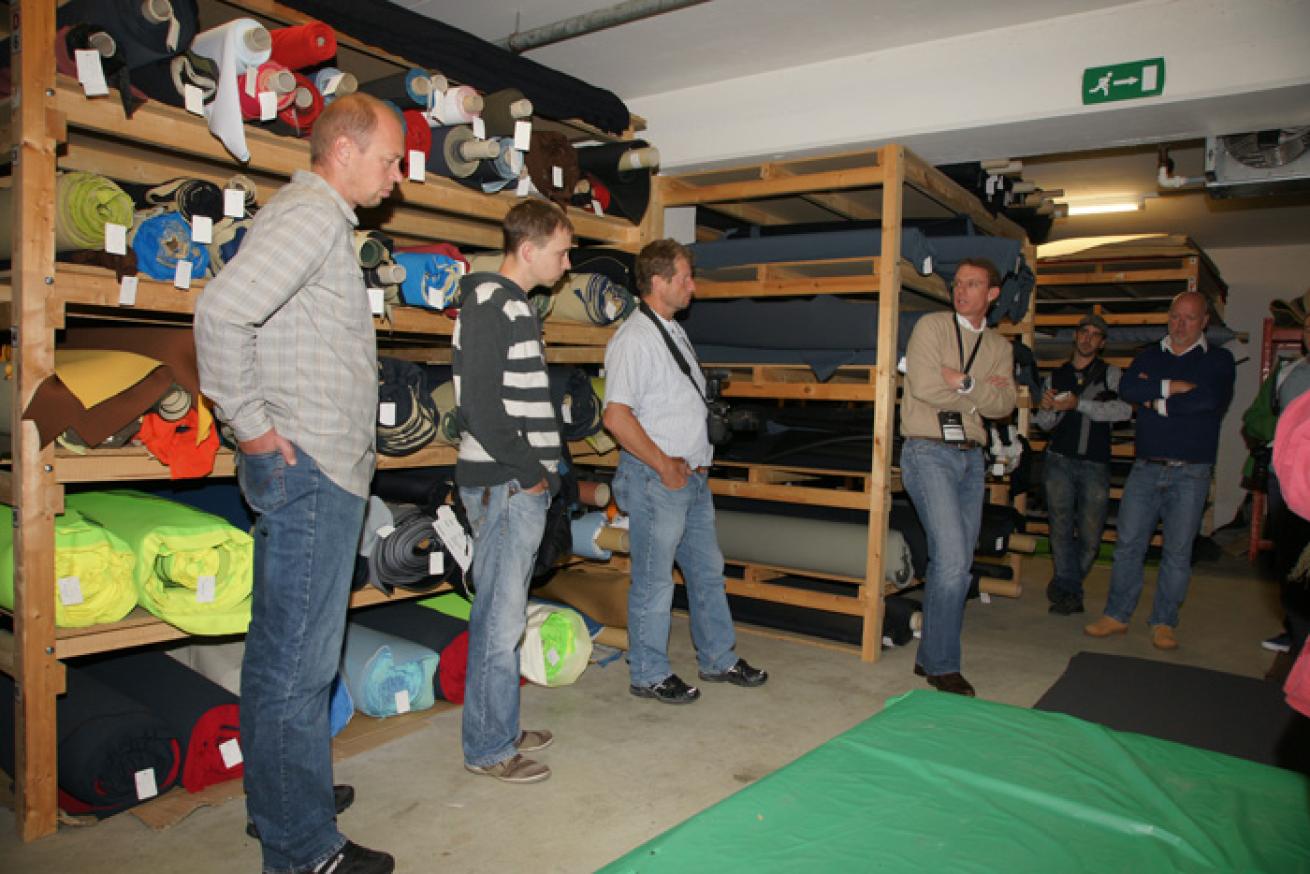
It wasn’t all about the diving and the promise of end-of-the-earth viz. I’d get to see how wetsuits and drysuits are made in the Camaro factory. Bratwurst, beer, diving in an Alpine lake and the chance to learn the secrets behind one of the world’s most-respected wetsuit manufacturers? It was only two days, yes, but it was too good to pass up.
*****
A windsurfing enthusiast, Austrian Erich Roiser conceived the idea for handmade wetsuits in 1967. One year later, he began assembling wetsuits from the family’s garage, utilizing friends and family for the stitching and manufacturing. In 1976, a facility was built in Mondsee, a quaint lakeside town in western Austria.
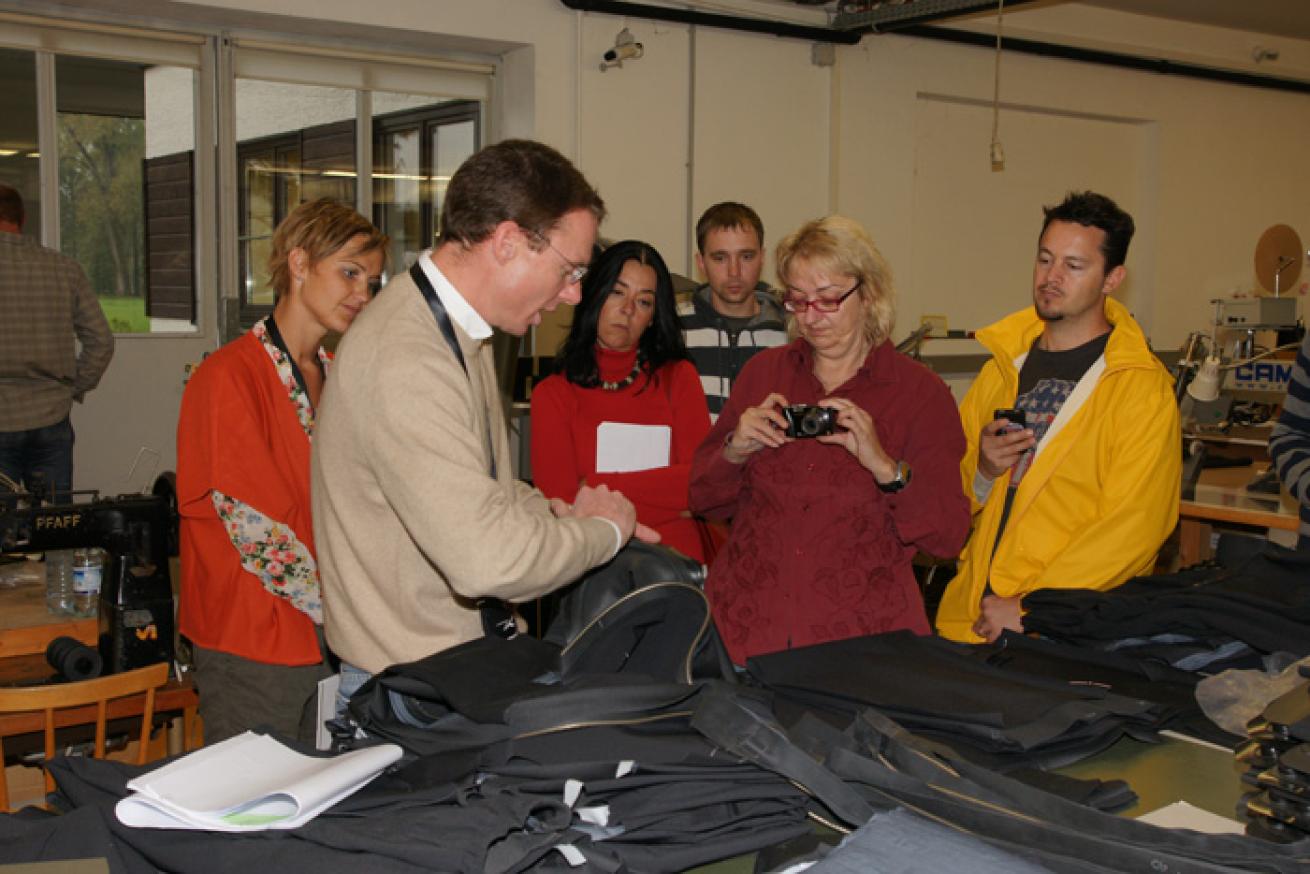
As the years passed, more buildings were added on as Camaro grew prodigiously. In 1983, Camaro bought Komperdell, famous for its skiing and trekking poles. You might think this was a strange match, but as Erich’s son and new CEO Tomas Roiser explains, there’s a lot of synergy between the two companies. “We’re out there doing these sports ourselves,” says Roiser, “whether it’s diving or kayaking, trekking or triathlons.” The people who design and build these wetsuits and poles see overlap, and that helps make a better product — whether it’s a skiing pole or a drysuit.
The synergy goes beyond the employees though. Both Camaro and Komperdell are housed in the same magnificent buildings on the shores of quaint Mondsee, and a team of two designers creates the visionary products for both companies in one retro-cool office on the second floor of the main building.
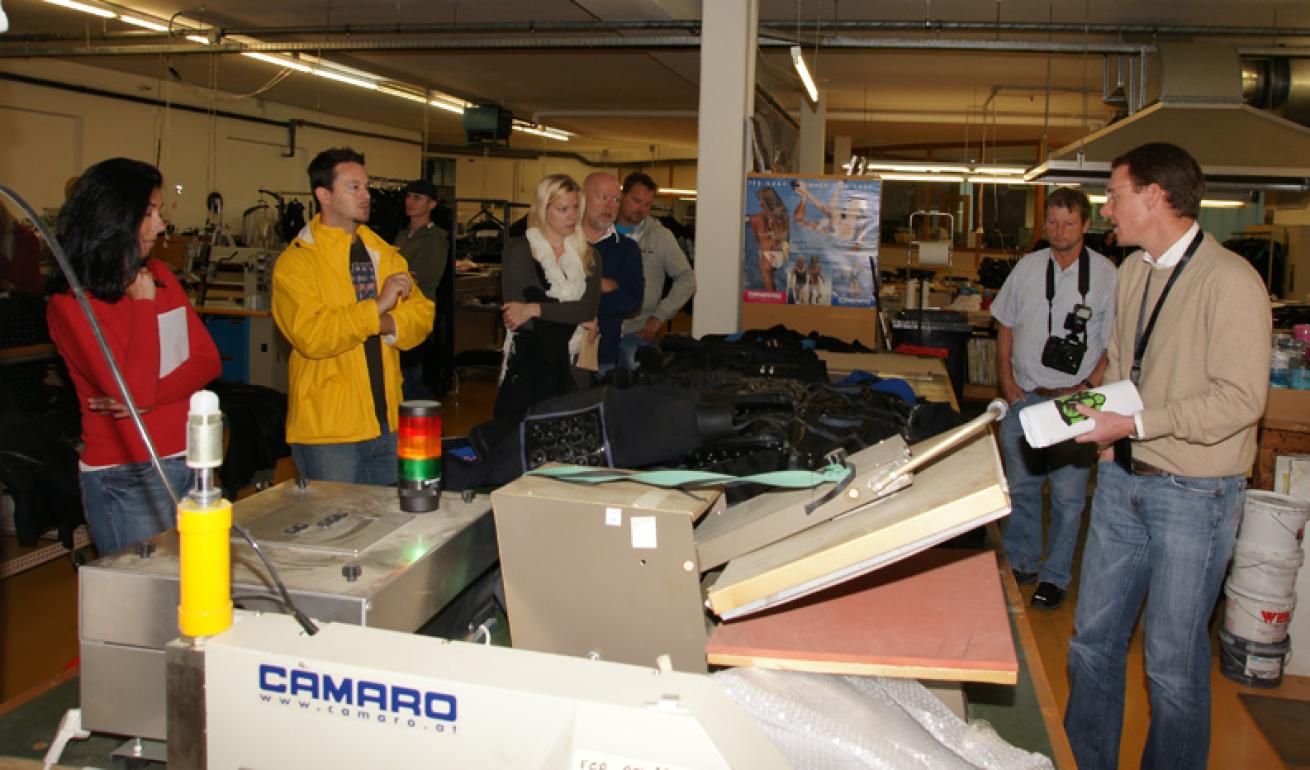
On our tour of the Camaro headquarters, Roiser took us around to see how wetsuits and drysuits are made. As Roiser stopped at each station, he emphasized one point over and over again: Aside from some blind stitching on boots and gloves (which is outsourced to China), everything is done in Austria. Camaro buys the raw neoprene, and employees — people who have been with the company since the beginning — laminate and cut the suits, and build each one from start to finish.
Roiser regaled us with facts behind the Camaro brand and its wetsuits. None more eye opening than the fact that, according to Roiser, “it takes 300 to 400 minutes to hand stitch a single wetsuit. Twice that for a drysuit.” It appears quality doesn’t come easy. But you can see Roiser’s pride in his eyes. This quality is what Camaro has built its reputation on.
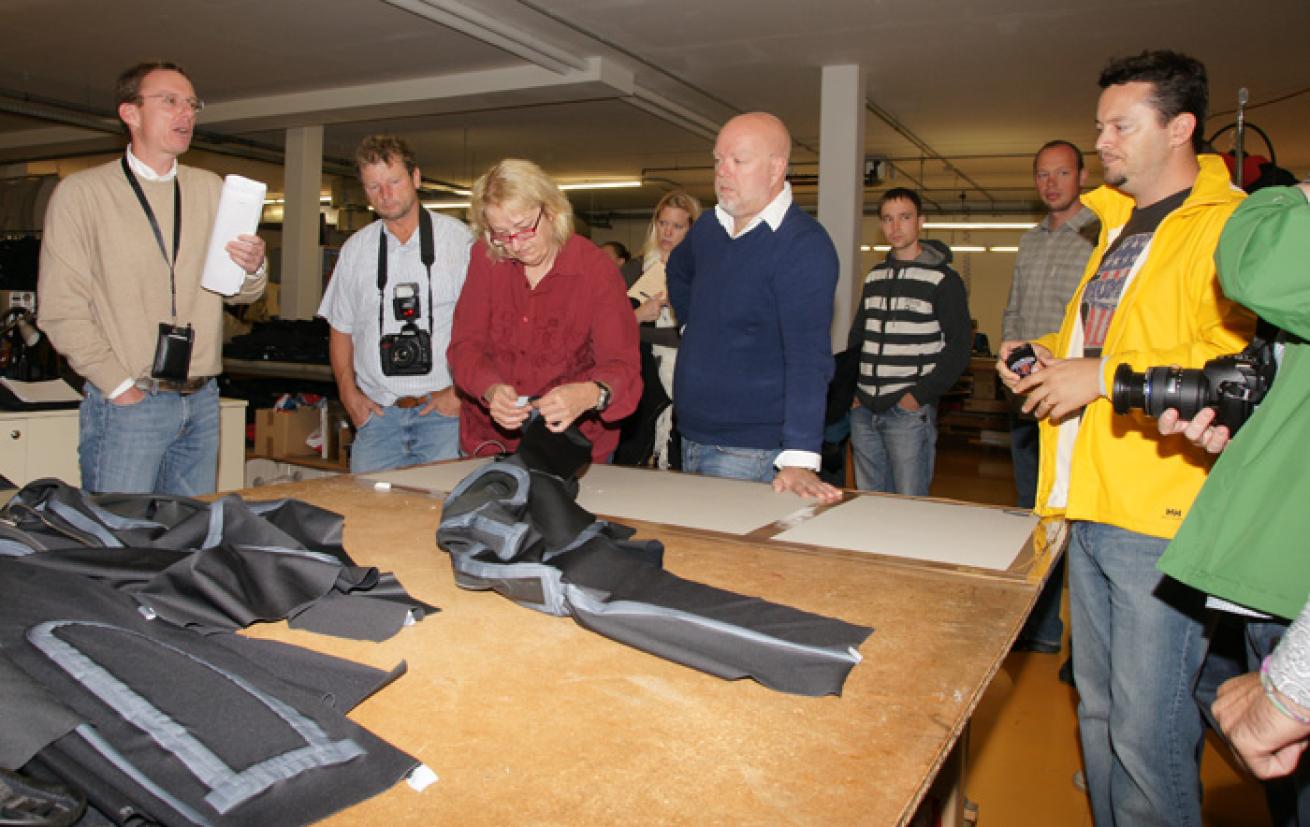
The most fascinating stop was the main building’s basement, which was packed with hundreds of metal shelves, each bursting with different neoprene styles. “We have 400 to 500 different neoprenes we use in our various suits,” says Roiser. That doesn’t include the many stacks of neoprene from years past. There was a room for that. Shelves piled high with unused neoprene from the ’80s including leopard prints and triangle designs, bright blues, yellows and rowdy neon colors. It was a wild scene reminiscent of a Debby Gibson video. (We’d asked to see the unused patterns after seeing a poster of an old Camaro ad that hangs in the designers’ office; in it, one woman is sporting a leopard-print wetsuit while the other two models are wearing smooth-skin seal suits.)
We finished the tour in the attic, where all the completed wetsuits, swimsuits and triathlon suits are kept, waiting to be shipped out. Rows upon rows, rooms upon rooms of undived wetsuits, packed neatly in their plastic gowns. I love the smell of neoprene in the morning.
*****
The tour only got us more anxious for the dive. Because, after all, the wetsuits and drysuits Camaro creates are meant to be dived.
After a day at the factory, it was time to test out the products. Roiser gave us the option to dive Camaro’s new Omega Ice 7mm, but with an estimated temperature of 48 degrees F I thought discretion would be the better part of valor — the Arctec Pro drysuit it was.
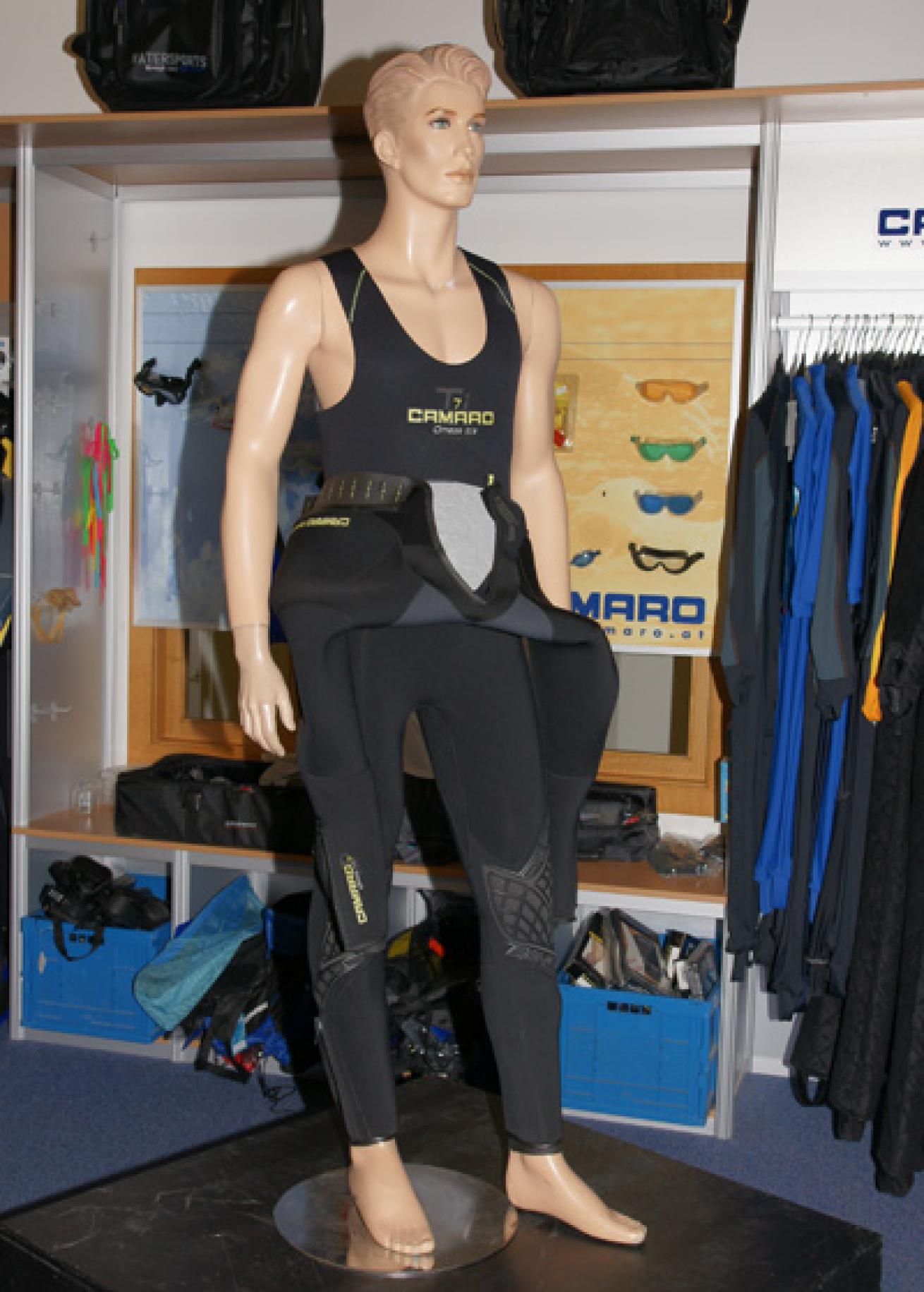
We arrived at Attersee early the next morning. After two days of rain, we were excited to see blue skies and sun. There’s a local dive operator at Attersee, and after a quick stop to pick up tanks we went to our dive spot.
It looked like any local park in the U.S., with grassy knolls, restrooms, picnic tables — all except signs were in German. We were the only ones visiting on this day, but you could tell this is a lively little spot in the summer: there is a small shack that provides snacks (presumably when it’s warmer), and a medium-size wooden sign with a drawing of the dive site. We geared up, took some photos, and got ready to drop in.
Supposedly there’s a bus wreck at 67 feet (if memory serves), but I never saw it. I’ve seen images taken in Austrian and Swiss lakes that looked as if the diver was floating in a sea of gin. Whether it was because it had rained the two days prior or it was just the season, on this day I could hardly see my hand at the end of my arm, and I definitely couldn’t see my buddy, Eric Michael. After 10 seconds, we’d lost sight of each other. We ascended, took our bearings and decided to give it another go.
Eric and I did better the next time, managing to keep each other in sight for a full 30 seconds. I decided to give it a go along the shallow slope. I swam for 25 minutes at depths ranging from 35 feet to 15 feet, playing with the controls on the drysuit, peeking inside logs for fish or other critters, and hanging at the platform where a mannequin holding a Camaro banner had been tied down.
As divers say, “any dive is a good dive,” and while it wasn’t my best, it was good enough on this warm late October morning. I couldn’t control the conditions, but I could control how I handled those conditions. And I emerged warm and dry.


